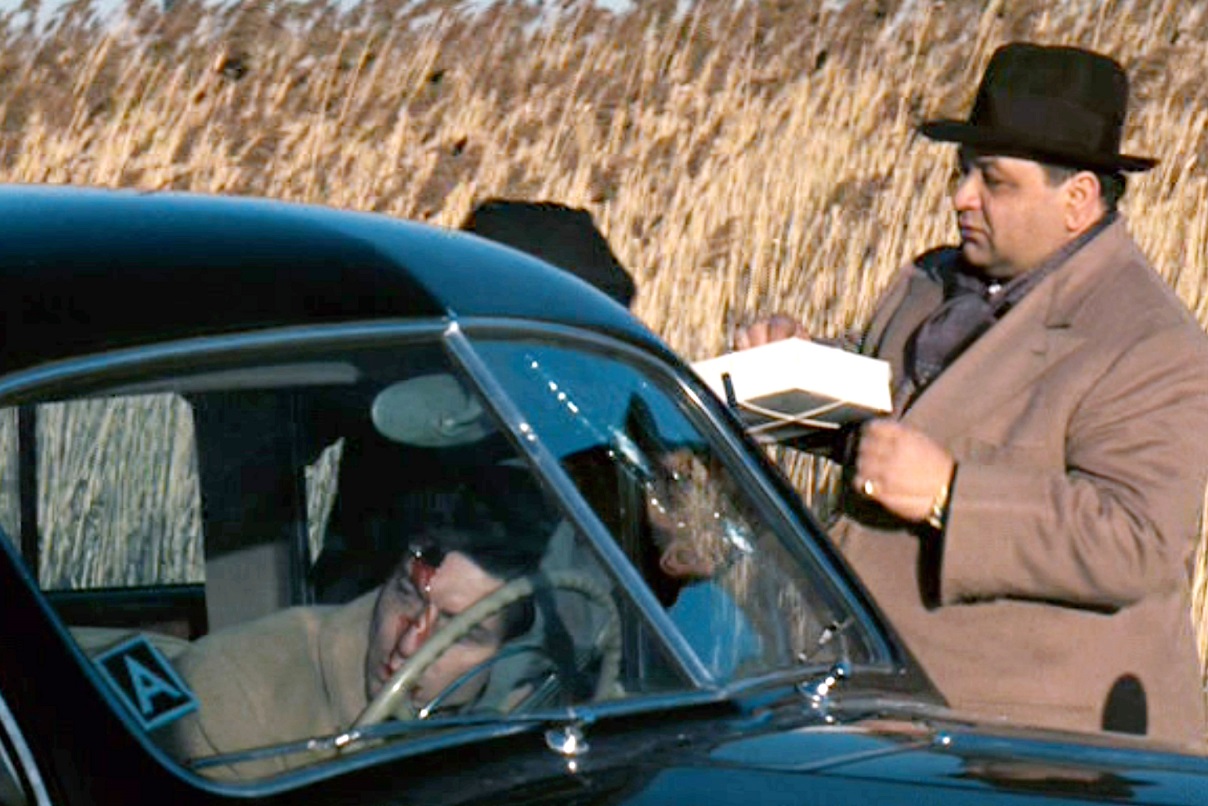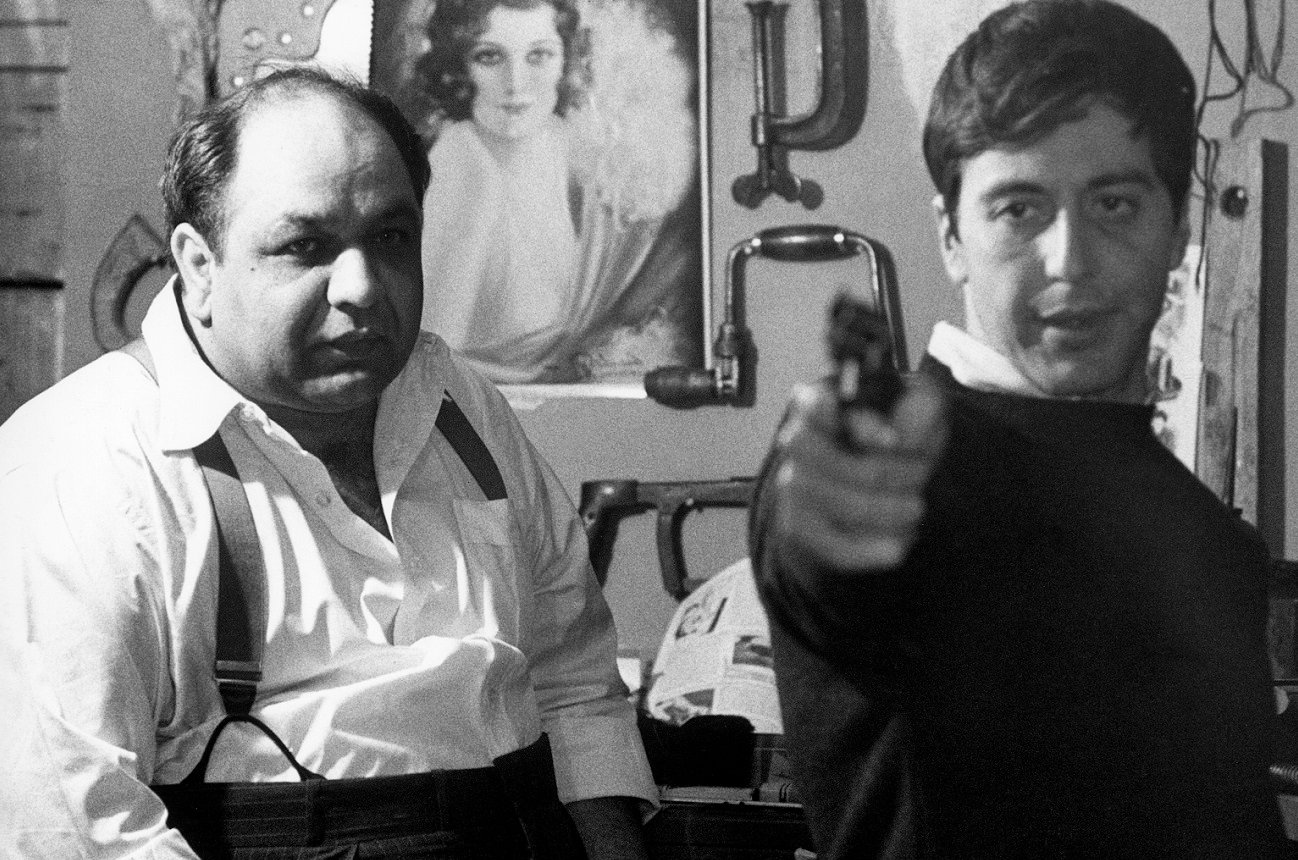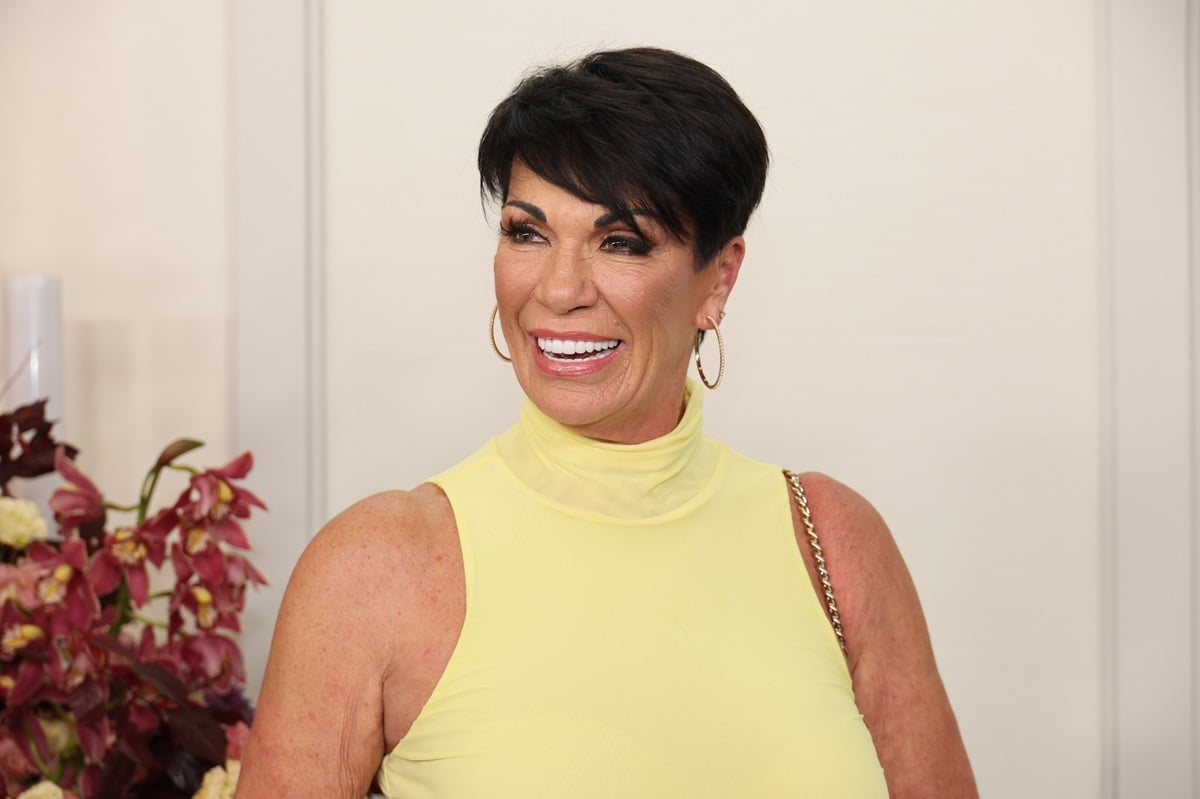‘The Godfather’: How ‘Leave the Gun, Take the Cannoli’ Made It Into the Movie On-Set
Did real-life mafia guys like watching themselves portrayed in the movies? They sure did. Henry Hill, the subject of Goodfellas, once noted how mobsters actually started using words and expressions from The Godfather (1972). Eventually, Hill got tired of hearing people quote the movie.
Nearly 50 years after the release of The Godfather, you still hear people constantly quoting lines from the Mario Puzo and Francis Ford Coppola script. From the “offer he can’t refuse” to someone who “sleeps with the fishes,” the quotes roll off people’s tongues. The same goes for “Leave the gun, take the cannoli.”
In that one line, you could see the basis for scenes in Goodfellas and The Sopranos. Yet it didn’t appear in the original Godfather script. Richard Castellano (1933-88), who played the character Clemenza, added that line during the shoot. According to his wife’s account, there was quite a buildup to Castellano delivering it — and the “cannoli” line Clemenza’s wife had.
Richard Castellano added the ‘cannoli’ line in reference to an earlier ‘Godfather’ scene

Castellano saw his character Clemenza as a teacher, and that comes through in his scenes with Al Pacino (Michael Corleone). Clemenza demonstrates how to use a gun (which Michael uses to kill a corrupt cop) in one scene and how to make pasta sauce in another.
Clemenza also does a bit of teaching in the scene in which Paulie Gatto (John Martino) gets whacked. It begins with Clemenza saying goodbye to his wife (played by Castellano’s real-life wife Ardell Sheridan). Then Clemenza hops in the car with Paulie and Rocco, the trigger-man later in the scene.
After they pull over so Clemenza can “take a leak,” Rocco shoots Paulie three times before he gets out of the car. Clemenza instructs him on how to leave the scene. “Leave the gun; take the cannoli,” he tells Rocco. Coppola gave credit to Castellano for coming up with the line.
It served as a bookend to a line in the beginning of the sequence. Prior to getting into the car outside of his house, Mrs. Clemenza (Sheridan) tells him, off camera, “Don’t forget the cannoli.” Sheridan later wrote that she convinced Coppola to add that voiceover line to the scene.
Castellano’s wife Ardell Sheridan fought to get the 1st ‘cannoli’ reference in the scene

Would the scene’s classic closing line work without the first mention of the cannoli? It might work, but definitely not as well. Clemenza is reminding everyone of his tranquil domestic life by taking the cannoli (as promised to his wife) as they ditch the gun used to whack a traitorous associate.
In her 2002 book on acting, Divine Intervention and a Dash of Magic, Sheridan said she had to fight hard to get Coppola to add that line to the start of the scene. As you can see in The Godfather, her line and Clemenza’s response (“Yeah, yeah, yeah, yeah”) both went on the soundtrack later. (Clemenza’s lips don’t move as he speaks one “yeah” inside the car.)
According to Sheridan, Castellano had to convince Coppola to add her “cannoli” line the day he recorded his own voice lines. “Richard and I were both confident that [Coppola] would recognize the value of the line as ‘linkage’ to [the ‘take the cannoli’ line],” Sheridan wrote.
Obviously, they got their way, and the movie is greater for it. However, Castellano didn’t return as Clemenza for The Godfather: Part II. Coppola and Castellano couldn’t see eye-to-eye on Clemenza’s treatment in the sequel. A terrific slice of movie history ended there.


